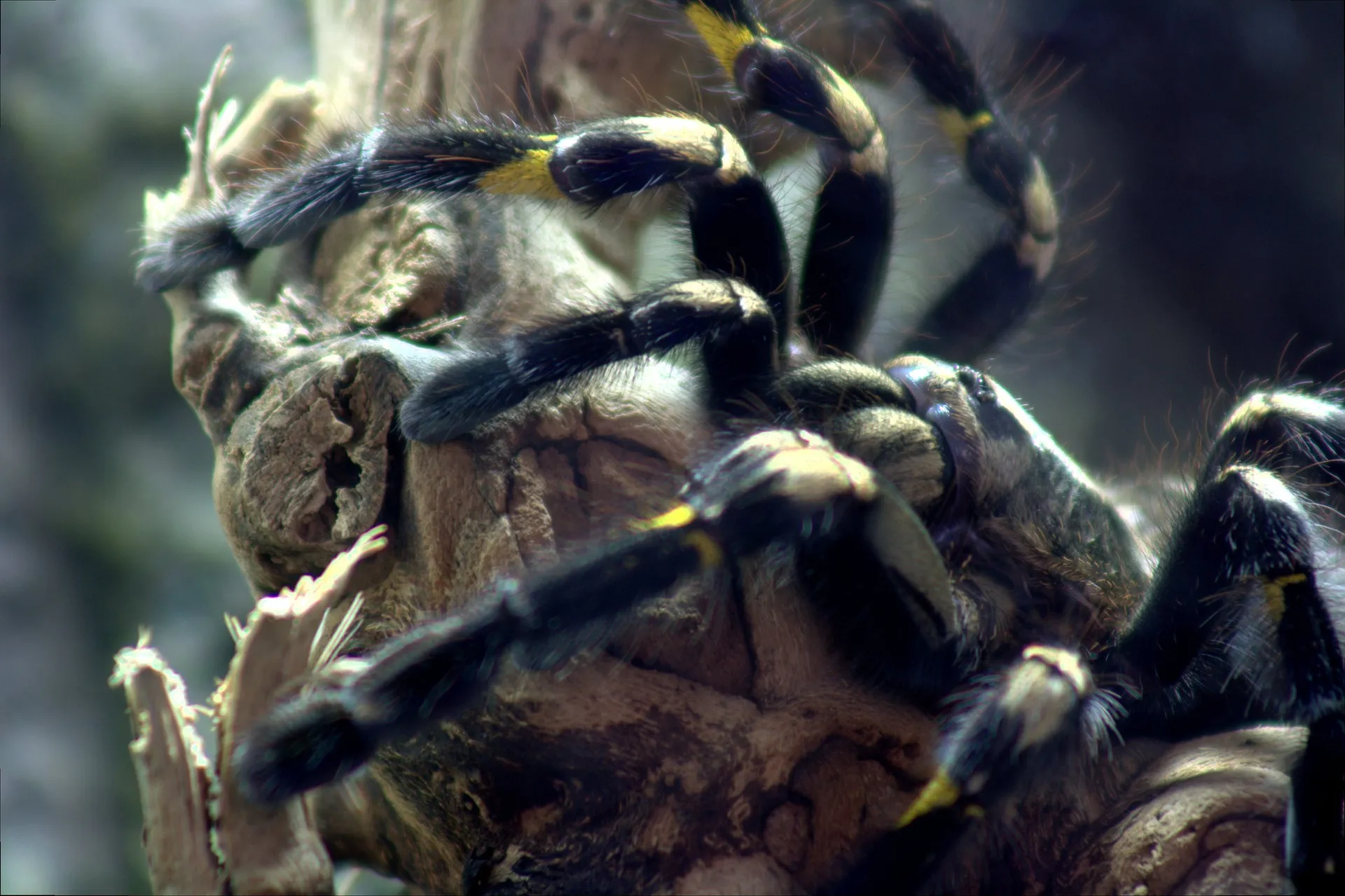Understanding Gooty Sapphire Tarantulas (GSTs) and Communal Keeping
The Gooty Sapphire Tarantula (Poecilotheria metallica), often abbreviated as GST, is a striking arboreal tarantula species known for its vibrant blue and metallic coloration. Native to the forests of India, these spiders have gained popularity in the pet trade. Communal keeping, the practice of housing multiple tarantulas together in a single enclosure, is a fascinating, though often debated, aspect of tarantula husbandry. While many tarantula species are solitary and exhibit cannibalistic tendencies, some, like the GST, demonstrate a higher tolerance for cohabitation. This guide will delve into the specifics of setting up and maintaining a successful GST communal, covering everything from enclosure setup to feeding and monitoring.
What Makes GSTs Suitable for Communal Living
The Gooty Sapphire Tarantula’s suitability for communal living stems from a combination of factors, notably their temperament and social behaviors. While not all GSTs are guaranteed to coexist peacefully, they generally exhibit a higher level of tolerance compared to other tarantula species. This tolerance is often attributed to their relatively docile nature and the way they interact within their natural environment. However, it is crucial to understand that communal keeping is not without risks, and careful planning and observation are essential for success. The key lies in providing ample space, food, and hiding places to minimize competition and aggression.
GSTs Temperament and Social Behavior
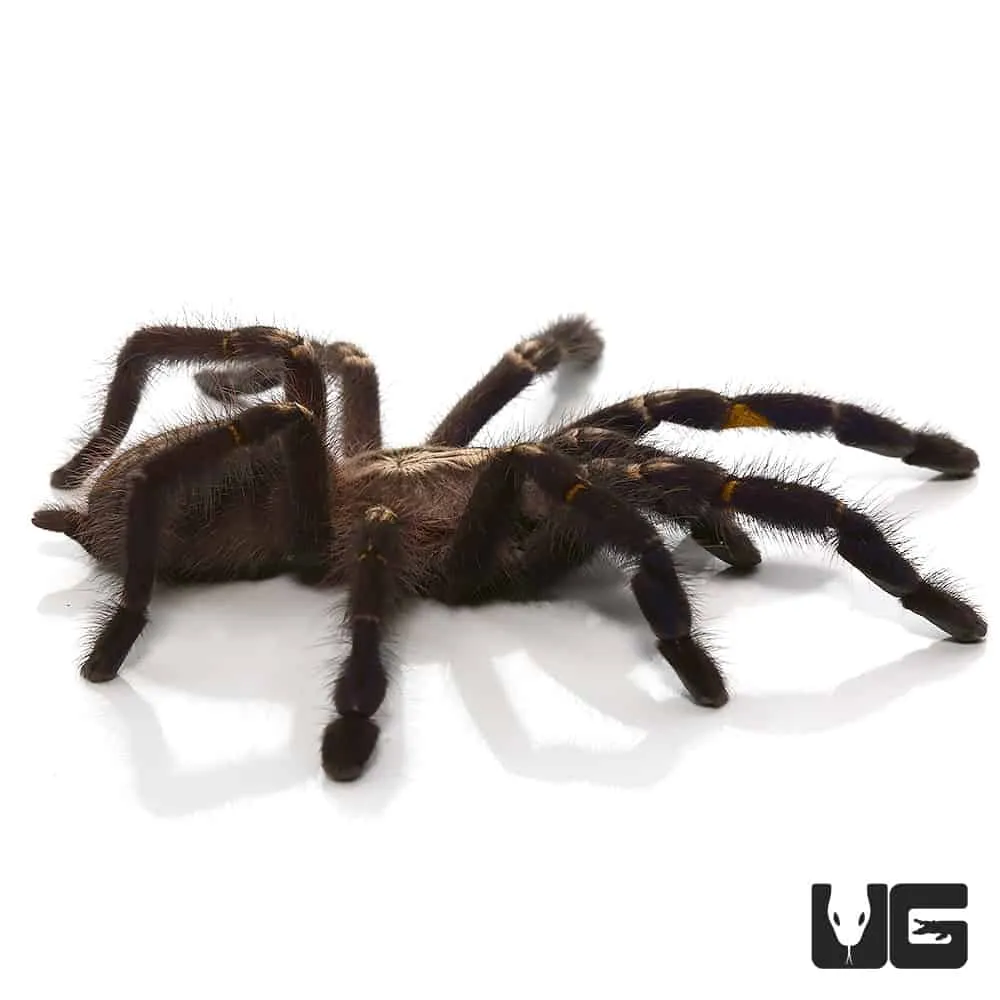
GSTs, despite their impressive size and appearance, are generally considered to be relatively calm and less prone to aggression than some other tarantula species. While individual personalities can vary, they tend to exhibit a social behavior that allows for the possibility of communal living. They may exhibit a degree of cooperation in their natural habitat, sharing resources and potentially even engaging in limited forms of social interaction. Observing the behavior of your GSTs is crucial. Look for signs of co-existence, such as sharing the same hide or foraging in close proximity, as indicators of a harmonious communal setup. Conversely, signs of aggression, such as chasing, biting, or constant competition for resources, necessitate immediate intervention.
Considerations Before Setting Up a GST Communal Enclosure
Before embarking on a GST communal setup, it is vital to carefully consider several factors. This includes the size and number of GSTs you intend to house, your experience with tarantulas, and your commitment to monitoring and maintaining the enclosure. Communal keeping requires more time, attention, and resources than keeping solitary tarantulas. It is also essential to have a backup plan in place, such as separate enclosures, in case the communal setup does not work out. Researching and understanding the specific needs of GSTs is paramount, as is the ability to recognize and address any issues that may arise.
Space Requirements and Enclosure Size
The size of the enclosure is one of the most critical factors in the success of a GST communal. A general guideline is to provide ample space for each tarantula to establish its own territory. As a minimum, a single adult GST can comfortably live in a 12x12x18 inch enclosure. For a communal setup, the enclosure size should be significantly larger, depending on the number of tarantulas. Aim for a minimum of 24x18x24 inches for two to three adults, and increase the size accordingly as you add more individuals. The enclosure should be tall enough to accommodate the arboreal nature of the GSTs, allowing them to climb and build webs. Overcrowding can lead to increased aggression and stress.
Substrate, Furnishing, and Environmental Conditions
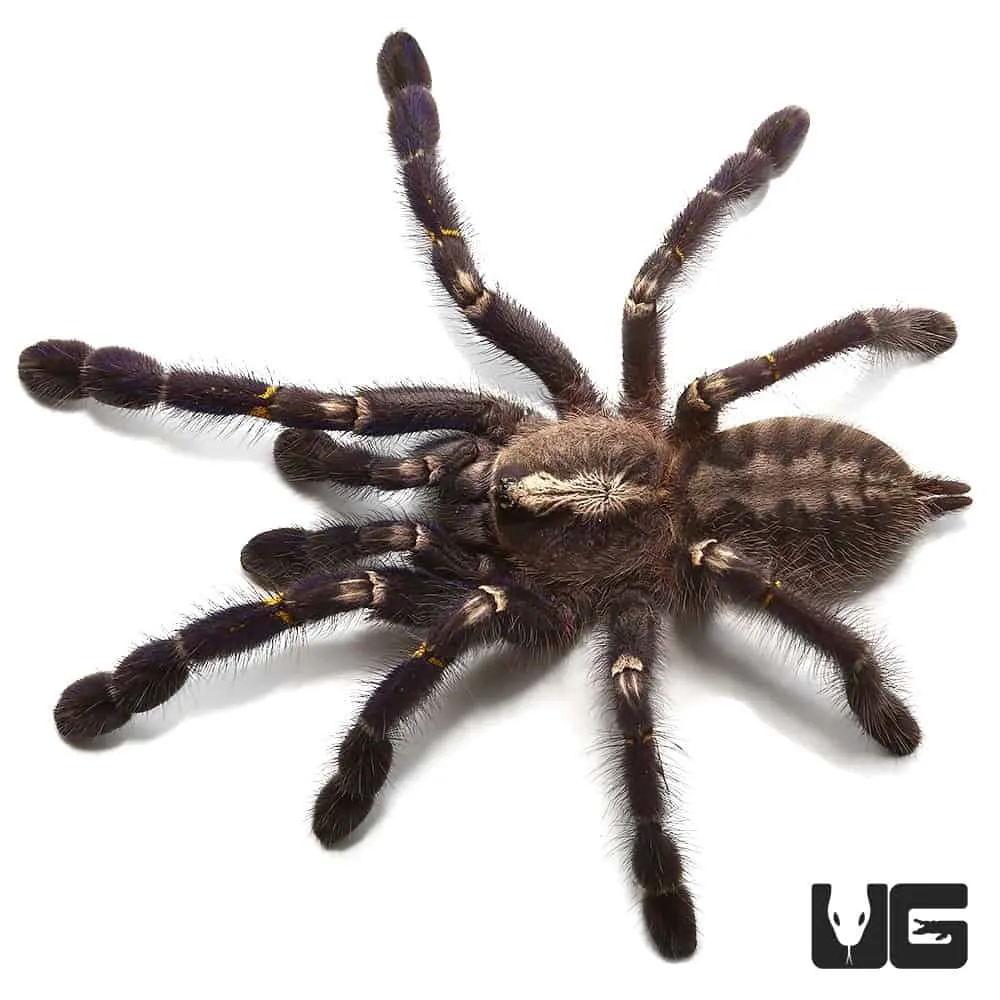
Creating the right environment is crucial for the well-being of your GSTs. This includes the substrate, the furnishings, and the overall environmental conditions within the enclosure. The substrate should provide a suitable surface for the tarantulas to burrow and web. Furnishings such as hides and climbing structures offer enrichment and provide opportunities for the tarantulas to establish territories. The enclosure’s environment must maintain appropriate humidity and temperature levels.
Choosing the Right Substrate
The ideal substrate for a GST communal should retain moisture while allowing for proper ventilation. A mix of peat moss, coconut fiber, and vermiculite is a popular choice. This combination provides good drainage, helps maintain humidity levels, and allows the tarantulas to burrow if they choose. The substrate should be deep enough to allow the tarantulas to burrow comfortably, typically 4-6 inches. Avoid using substrates that are dusty or could cause respiratory issues, such as sand or wood shavings.
Decorating the Enclosure with Hides and Enrichment
Providing ample hides and climbing structures is crucial for reducing stress and promoting a harmonious communal environment. Cork bark, branches, and artificial plants can be used to create a visually appealing and stimulating environment. Each tarantula should have access to multiple hiding places, ideally spread throughout the enclosure to minimize territorial disputes. The presence of these features provides a sense of security and allows each tarantula to retreat and avoid confrontations when necessary. Ensure that the décor is securely placed to prevent it from falling and potentially injuring the tarantulas.
Maintaining Optimal Humidity and Temperature
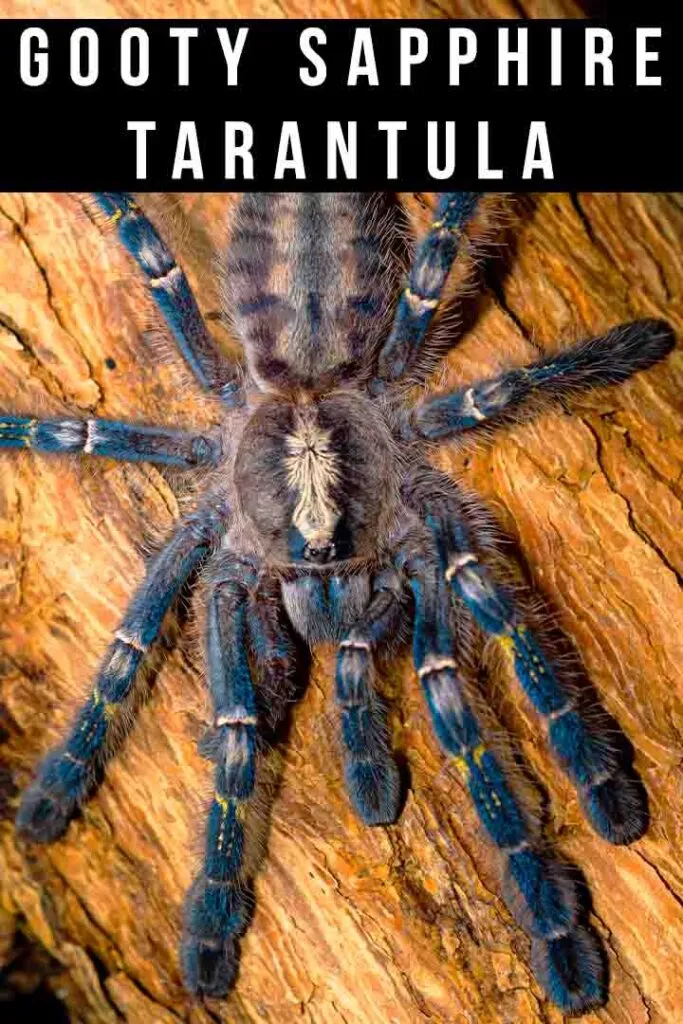
GSTs thrive in a specific range of humidity and temperature. Maintain a temperature between 75-85°F (24-29°C) during the day and slightly cooler at night. Humidity levels should be kept between 65-75%. Use a hygrometer to monitor humidity and a thermometer to monitor temperature. Misting the enclosure regularly, typically every other day or as needed, can help maintain humidity levels. Ensure proper ventilation to prevent mold growth. The correct environmental conditions are essential for the overall health and well-being of your GSTs.
Setting Up the GST Communal Enclosure
Once you have gathered the necessary materials and established your understanding of the GSTs’ needs, it’s time to set up the enclosure. Start by selecting an appropriate enclosure size and ensuring it is escape-proof. Add the substrate to the bottom of the enclosure, ensuring it is deep enough for burrowing. Place the hides, climbing structures, and other décor throughout the enclosure, providing multiple options for each tarantula. Position the water dish and provide a readily accessible water source. Ensure the enclosure is well-ventilated and has a secure lid.
Acquiring and Introducing Your GSTs
Selecting healthy and compatible GSTs is essential for a successful communal setup. It’s often best to acquire juveniles that are approximately the same size to minimize the risk of predation. Always source your tarantulas from reputable breeders or pet stores that can provide information about their origin and health. Quarantine any new arrivals in separate enclosures for a period of time (see below) before introducing them to the communal. This will help you identify any potential health issues and allow them to adjust to their new environment. Careful introduction and monitoring are key to the success of a communal setup.
Quarantine Period and Health Checks
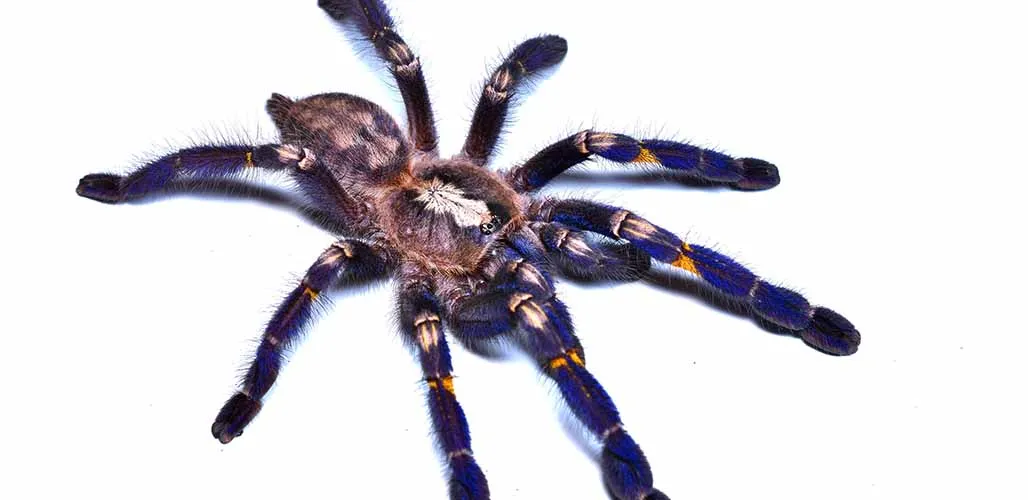
Quarantine is a critical step in ensuring the health of your GST communal. Isolate new tarantulas in individual enclosures for at least 30-60 days. During this period, observe them closely for any signs of illness, such as lethargy, loss of appetite, or unusual behavior. Check for parasites or any other health issues. Providing a separate enclosure during this time minimizes the risk of spreading any potential diseases to the existing communal group.
Introducing GSTs to the Communal Enclosure
The introduction process should be done cautiously and carefully. It’s often best to introduce all the tarantulas to the enclosure simultaneously to avoid one individual establishing dominance. Alternatively, if introducing new individuals to an established communal, introduce the new tarantulas at night when the existing residents are less active. Monitor the tarantulas closely for any signs of aggression, such as chasing, threat postures, or biting. If you observe any such behavior, immediately separate the individuals and reassess the situation. Provide plenty of food and hiding places during the initial introduction to minimize conflict.
Feeding and Nutrition in a GST Communal
Proper feeding is crucial in any tarantula setup, and even more so in a communal environment. The amount and type of food, along with feeding frequency, are important for maintaining the health of your GSTs and minimizing the risk of cannibalism. Ensuring all tarantulas have access to food is crucial, especially when dealing with multiple individuals in one enclosure. Proper nutrition is essential for their growth and overall well-being.
Feeding Schedule and Prey Selection
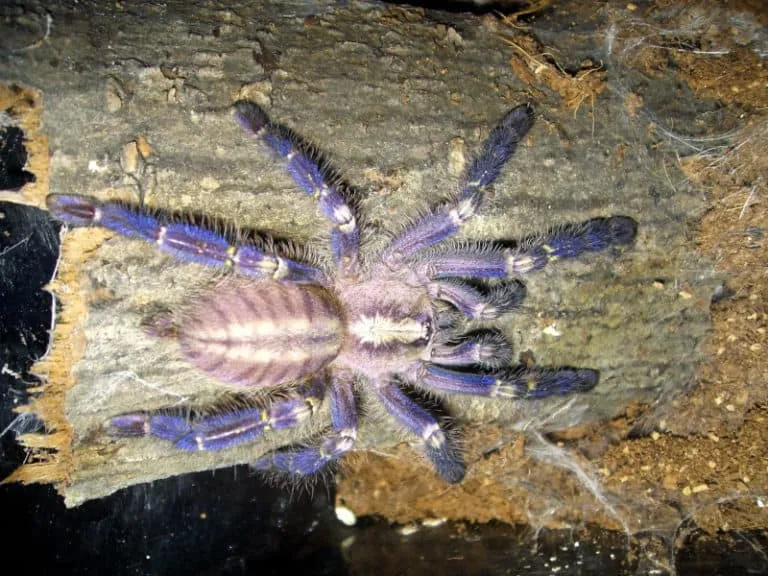
Feed juvenile GSTs 2-3 times per week, and adults once a week. The frequency may need adjustment based on the individual tarantulas’ appetites and growth rates. The size of the prey should be appropriate for the size of the tarantulas. A good rule of thumb is to provide prey that is no larger than the tarantula’s body size. Suitable prey items include crickets, roaches, mealworms, and other commercially available feeder insects. Varying the diet can also provide a better balance of nutrients.
Ensuring Adequate Food Distribution
Ensuring each tarantula gets its share of food is important for minimizing competition. Feed the tarantulas individually or scatter the prey around the enclosure. Monitor the feeding process to make sure each tarantula is getting the opportunity to eat. Overfeeding or underfeeding can both create issues within a communal setup. Also, remove any uneaten prey items within 24 hours to prevent them from disturbing the tarantulas or causing potential health problems. Consider placing multiple food sources at different locations to make sure everyone gets enough.
Monitoring and Maintaining the GST Communal
Regular observation and maintenance are crucial for the long-term success of a GST communal. Pay close attention to the behavior of your tarantulas, the condition of the enclosure, and any changes in their environment. Early detection of potential problems can prevent more serious issues. Consistent care and maintenance will help ensure a healthy and thriving communal.
Regular Cleaning and Waste Removal
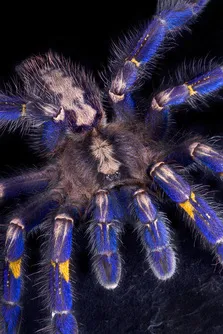
Regular cleaning helps maintain a healthy environment for your GSTs. Remove any uneaten food, dead insects, and other waste products promptly. Spot-clean the enclosure as needed, removing any visible debris. Replace the substrate periodically, typically every 6-12 months, depending on the size of the enclosure and the number of tarantulas. The frequency may need to be adjusted depending on conditions and the number of inhabitants. Maintaining a clean enclosure is a key part of preventing disease and maintaining a healthy communal.
Identifying and Addressing Potential Issues
Be observant for signs of problems within the communal. Early detection and prompt intervention can help prevent serious issues. Look for signs of aggression, such as chasing, biting, or posturing, which may indicate a need for separation. Also, watch for signs of illness, such as lethargy, loss of appetite, or abnormal behavior. Any issues identified should be addressed immediately, whether by changing the conditions within the enclosure or by separating any tarantulas that are causing issues.
Common Problems in GST Communals
Despite careful planning and maintenance, problems can arise in a GST communal. Understanding these potential issues can help you prepare and respond effectively. Some of the more common problems are aggression, disease and parasites, and inadequate environmental conditions. Being vigilant and informed about these issues can help you to maintain a harmonious environment.
Signs of Stress and Aggression
Recognizing signs of stress and aggression is crucial for maintaining a healthy communal. Look for behaviors such as defensive postures, chasing, threat displays (e.g., raising the front legs), and biting. These can be signs of territorial disputes, competition for resources, or other issues within the communal. Separate any individuals exhibiting aggressive behavior immediately to prevent injury. Provide additional hides and enrichments to reduce stress and create a better environment.
Preventive Measures and Solutions
Taking preventative measures can help minimize problems in a GST communal. Provide ample space, hides, and food to reduce competition and stress. Maintain the appropriate temperature and humidity levels to create a comfortable environment. Regularly monitor the tarantulas for any signs of illness or aggression. Ensure proper quarantine procedures for any new arrivals. Address any issues promptly to prevent them from escalating. By taking these precautions, you can increase the likelihood of a successful and thriving communal setup.
Conclusion
Setting up a Gooty Sapphire Tarantula communal can be a rewarding experience, but it requires careful planning, diligent monitoring, and a deep understanding of the species’ needs. By following the guidelines outlined in this guide, you can increase your chances of success. Remember that patience, observation, and a willingness to adapt are key to maintaining a healthy and harmonious communal environment. With proper care and attention, you can enjoy the unique experience of observing these beautiful spiders coexisting and thriving together. Always prioritize the well-being of your tarantulas, and be prepared to adjust your approach as needed to ensure their health and happiness.
